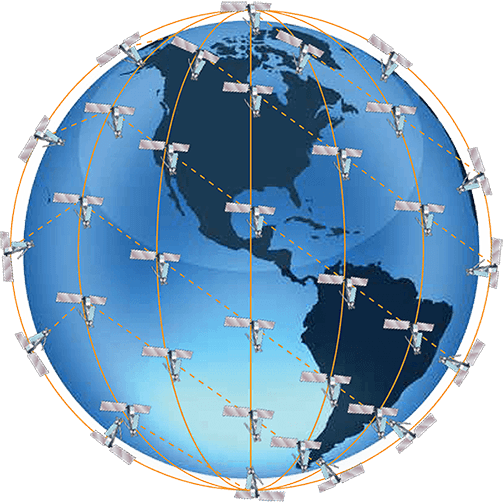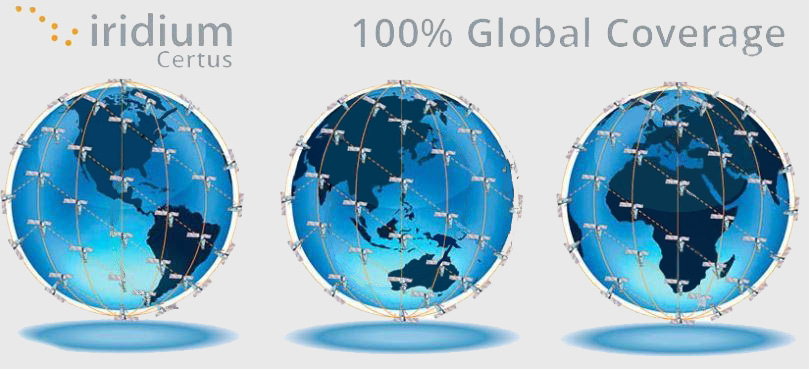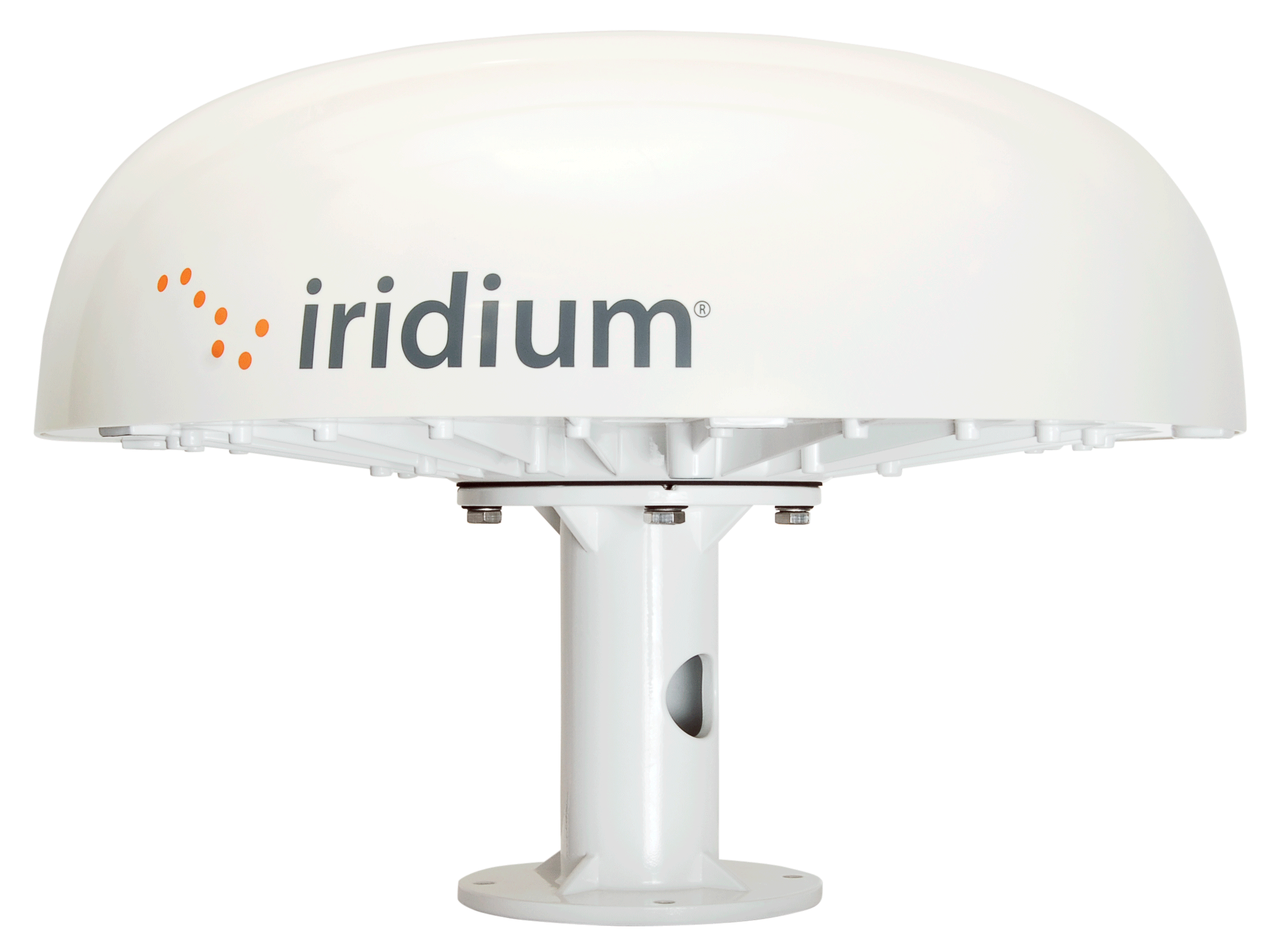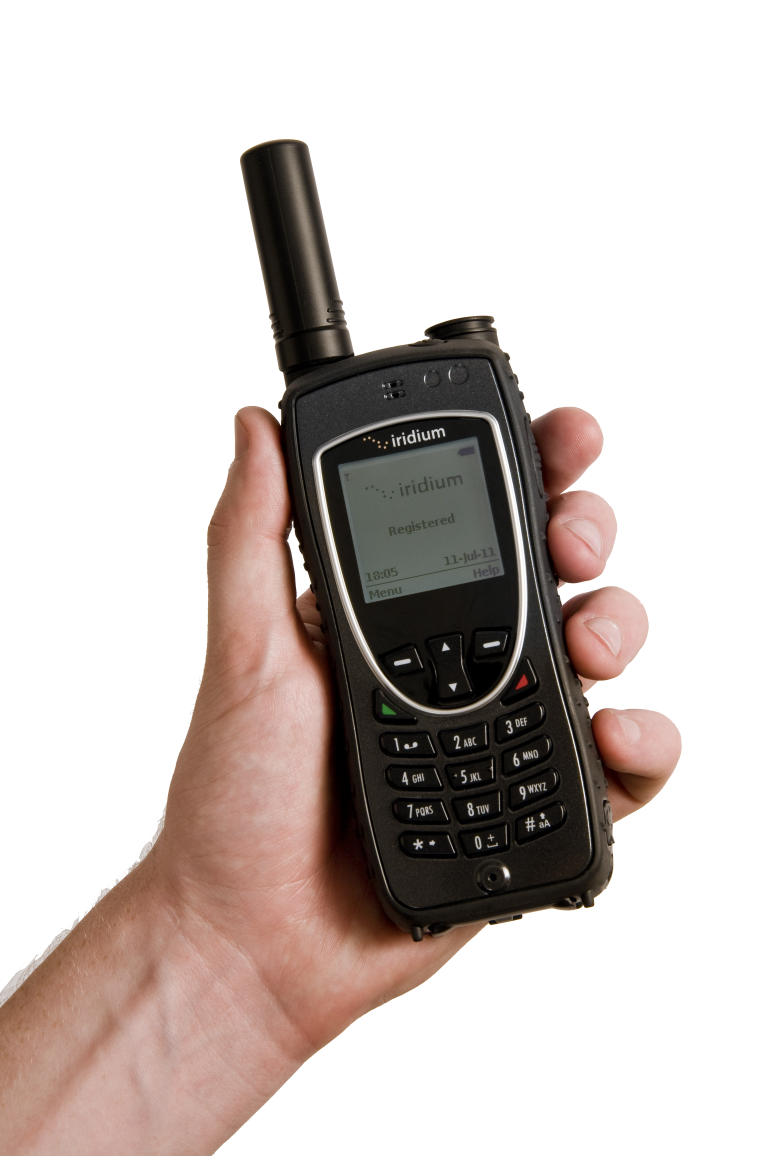You’ll see that both Iridium and Globalstar both operate LEO satellites, whereas Inmarsat and Thuraya utilize geostationary satellites. Though all satellites are constantly moving and in orbit around the earth, they do so differently:
Low-Earth Orbit Satellites: Like the name sounds, LEO satellites hover much lower to the ground than their geostationary counterparts. Iridium’s satellite operate 485 miles above Earth and Globalstar at 878 miles above earth. They are able to move at a faster rate due to their lower altitude and can also offer better signal strength. But networks operating at low earth need to have a much higher number of satellites in orbit to provide worldwide coverage.
Geostationary Satellites: You’ll also hear these referred to as geosynchronous satellites. Essentially, they remain over the equator at all time creating a perfect ring around earth as they move. They operate about 22,000 miles above Earth. Inmarsat and Thuraya can cover of the earth because they are so high up, but because of the angle, they are unable to provide coverage of the polar regions. There is often higher latency compared to LEO satellites because of their height.
Further Coverage Information
Further comparisons can be found on our network coverage page. And if you’re looking to compare satellite phone coverage specifically, the following article from Gear Junkie puts phones from Iridium, Inmarsat, and Globalstar to the text.
For each of the following networks you can find out the extent of coverage, see data and satellite phone coverage maps, and the range of products that operate on each platform by going to each network’s individual page.
- Globalstar
- Inmarsat
- Thuraya










